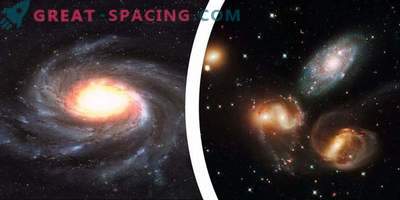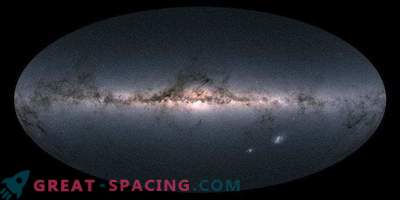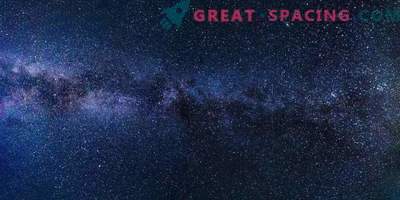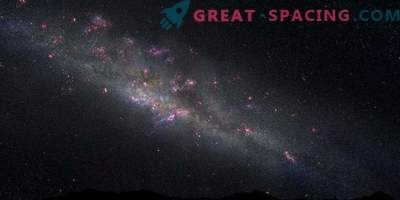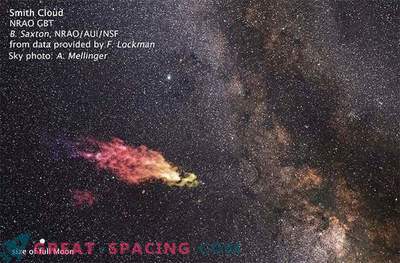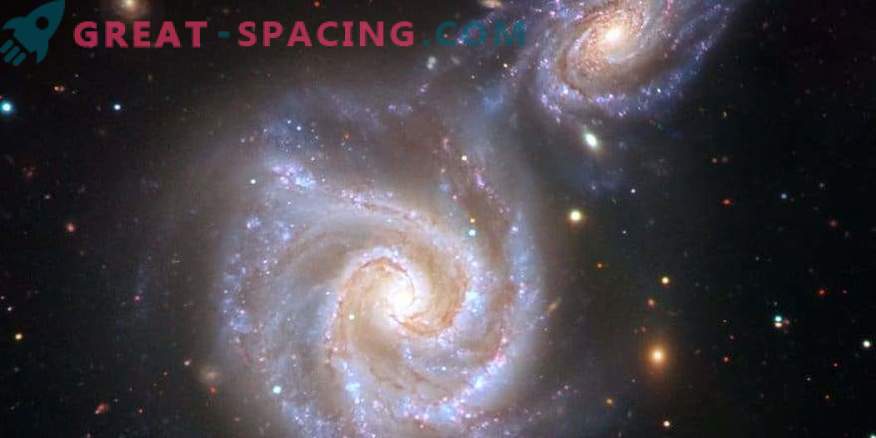
The vision of a meeting of the Milky Way and a smaller sausage galaxy about 8-10 billion years ago. The recording of this ancient encounter is still stored in the speeds and chemistry of the stars.
An international team of astronomers has revealed an ancient dramatic head-on collision between the Milky Way and a smaller galaxy nicknamed “Sausage”. Cosmic catastrophe has become an important event in the early history of the Milky Way, affecting the structure of our galaxy. This created her inner bulge and outer halo.
Scientists believe that 8-10 billion years ago, an unknown dwarf galaxy crashed into ours. The dwarf type could not bear the blow: it quickly fell apart, and the fragments now revolve around ours. “Alien” stars move in extremely radial orbits (long and narrow). Located close to the center, which means the dwarf galaxy entered an eccentric orbit.
These findings are based on data from the Gaia satellite from ESA. This spacecraft displays the stellar content of our galaxy, recording the journey of the stars as they pass through the Milky Way. The routes of the stars from the galactic confluence were called “sausages Gaia”, because they resemble in shape.
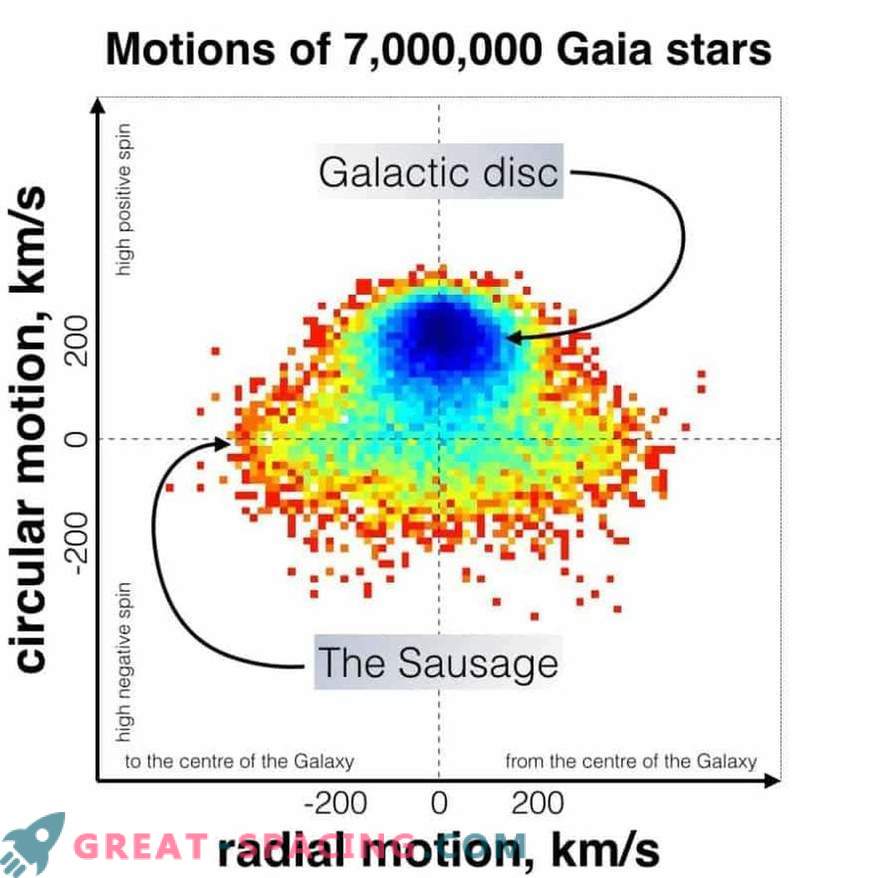
Sausage galaxy stars form a characteristic sausage shape caused by strong radial stellar motions. The Sun is at the center of this cloud, so the distribution does not include the slowing down of stars that are now turning to the galactic center
The Milky Way continues to collide with other galaxies, such as the Dwarf elliptical galaxy in Sagittarius. But the sausage galaxy was much more massive. Its total mass in gas, stars and dark matter is 10 billion times greater than solar. When Sausage crashed into the young Milky Way, the piercing trajectory led to chaos. Most likely the disk of our galaxy has changed a lot (it could even break). Sausage pieces scattered on the inside of the Milky Way, forming a bulge in the center.
Numerical modeling attempted to reproduce these features. But evidence of the event is visible in stellar routes inherited from a dwarf galaxy. A new study now explains how the stars could be in such narrow orbits. The analysis also showed at least 8 large globular clusters that came to us from Sausage.
